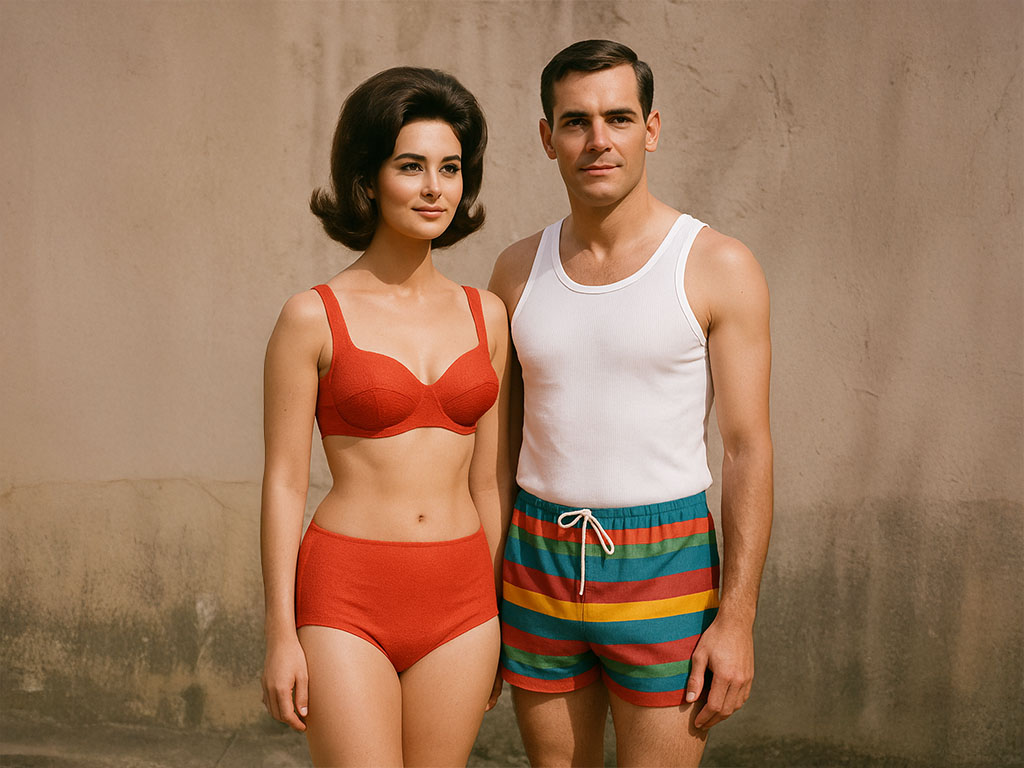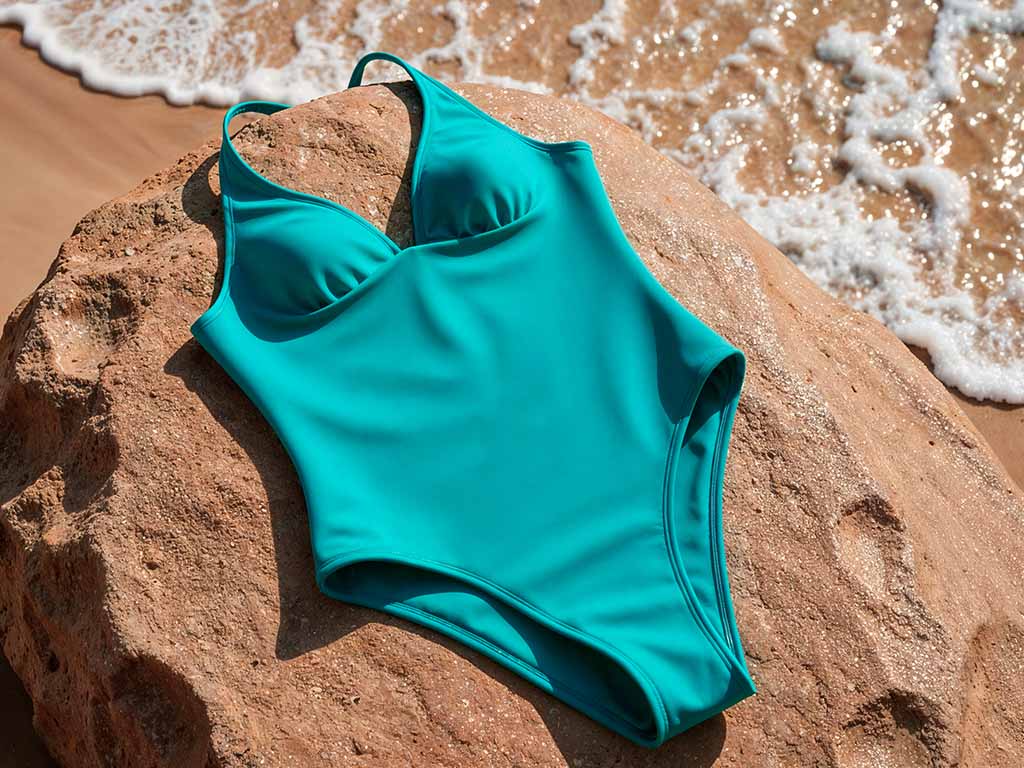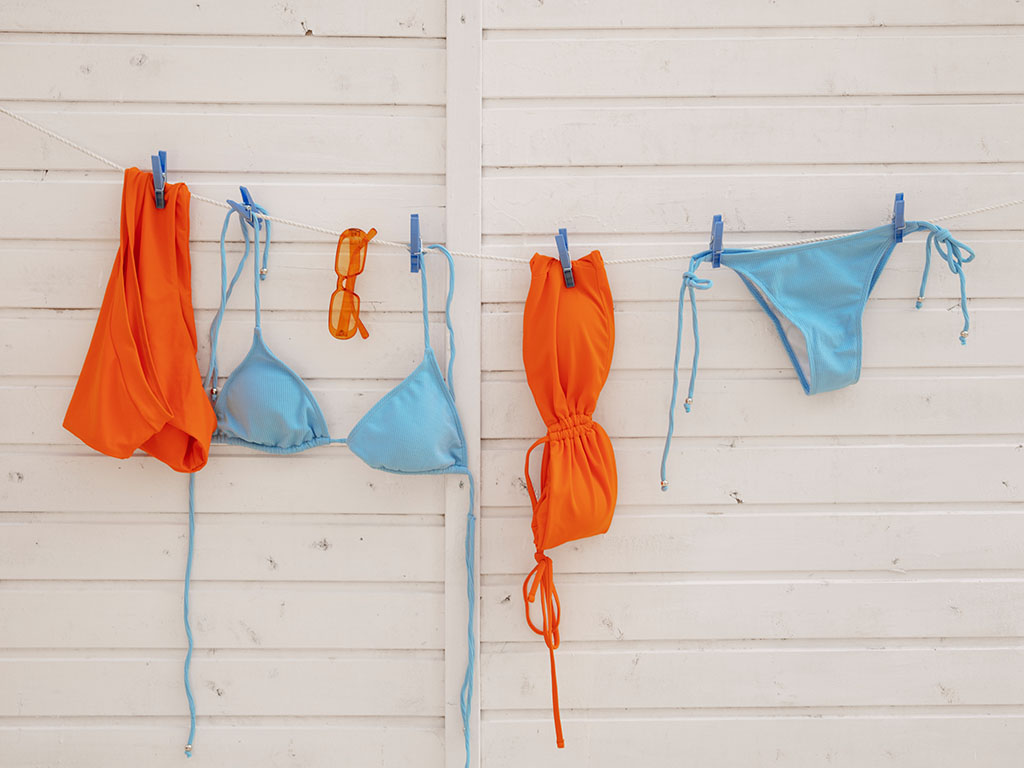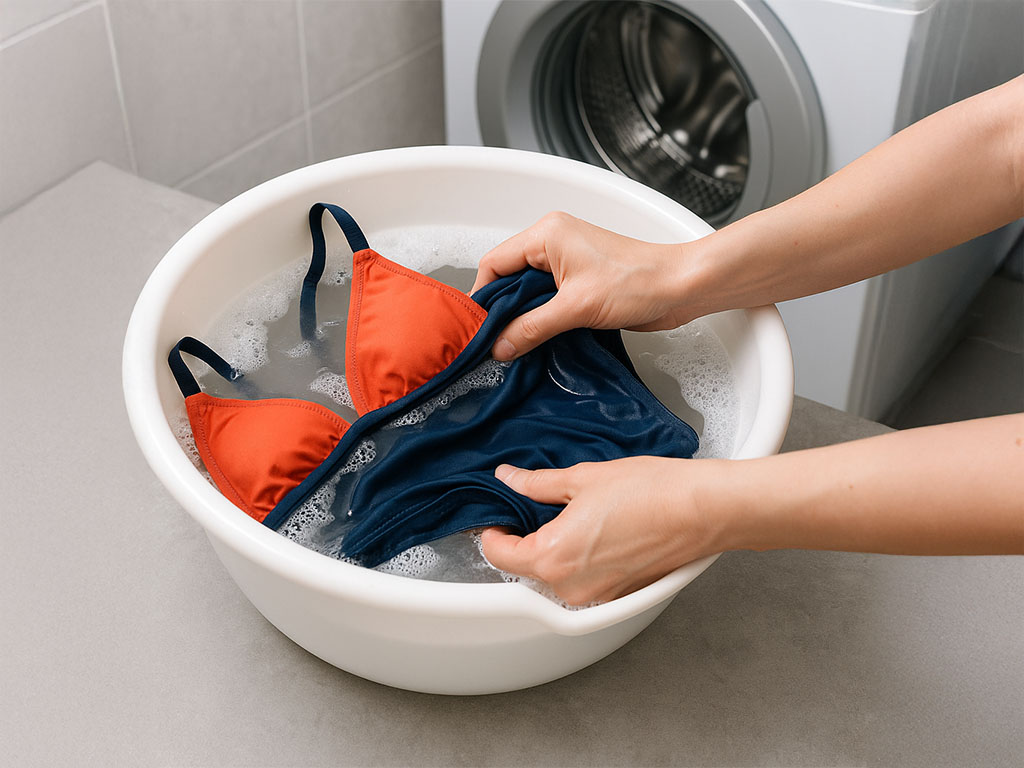
Swimsuits are an essential part of the summer season, and proper care can significantly extend their lifespan. From their historical evolution to the present day, swimsuits have undergone various changes, which have also influenced the ways they are maintained.
The Historical Evolution of Swimsuits
Over the centuries, swimsuits have evolved from simple garments made of totally unsuitable materials for swimming into modern pieces packed with technology and style. In ancient Greece and Rome, swimming was considered an important activity, but there were no special swimsuits designed to facilitate movement in the water. In the 19th century, especially during the Victorian era, the first swimsuits appeared that covered the entire body and were made from heavy materials like wool. With the advent of the 20th century and the development of synthetic materials, swimsuits became lighter, more elastic, and more comfortable to wear.
Types of Swimsuits
Today, swimsuits are available in countless styles, colours, and with technologies that meet even the highest demands of elite athletes. The most common types of women’s swimsuits include:
- One-piece swimsuits: Provide good support and are suitable for various body types.
- Two-piece swimsuits: Include bikinis, tankinis, and other variations that allow mixing and matching different cuts and colours.
- Swim shorts and skirts: Offer more coverage and comfort, ideal for those who prefer more modest swimwear.
The most common types of men’s swimwear include:
- Swim shorts: A looser fit suitable for the pool, beach, and playing summer sports.
- Classic briefs: Snug-fitting and designed for swimming in the water.
- Boxer briefs: A shorter, tight fit that’s somewhere between shorts and briefs. Stylish and comfortable, ideal for swimming and lounging by the pool.
- Jammers: Extended swimwear designed for professional swimming, tight-fitting and knee-length.

How to Choose Quality Swimsuits?
If you’re looking for swimsuits that will last all summer, focus on materials like polyester, nylon, Lycra®, spandex, and PBT. These are the most durable against wear, chlorine, and saltwater. Make sure your swimsuit fits well, has quality seams, and is comfortable to wear.
Choosing the Material
Swimsuits are exposed to sunlight, chlorine, saltwater, and constant wear, so it’s important to choose high-quality materials that resist these effects. The most durable swimsuit materials are:
- Polyester is one of the most durable materials, resistant to fading and retaining its shape even after prolonged use. It is also quick-drying and highly resistant to chlorine and saltwater. Swimsuits made from this material do not deteriorate after just one use in the pool.
- Nylon is another highly durable material commonly used in swimwear. It is flexible, quick-drying, and has excellent resistance to wear and tear. Nylon swimsuits are comfortable and long-lasting, provided they are cared for properly.
- Lycra® or elastane is a material used in combination with other fibres such as polyester or nylon. It offers excellent stretch and shape retention. Elastane is very comfortable and flexible, and when blended with other materials (like polyester), it enhances the garment’s durability and lifespan.
- PBT (Polybutylene Terephthalate) is very similar to polyester but offers even better resistance to chlorine, UV radiation, and wear. It is mainly used for swimsuits designed for swimming activities where there is a high likelihood of chlorine exposure.
Design and Fit
Swimsuits should be not only durable but also comfortable. When choosing a cut, make sure the swimsuit fits well and does not restrict your movement. Swimsuits that are too tight or too loose can be uncomfortable, which may affect their long-term durability.
Choose Classic Cuts
If you want durable swimsuits, look for classic cuts that provide adequate support and comfort. Swimsuits with well-constructed seams and reinforced areas last longer.
Lining and Reinforcement
Swimsuits with high-quality lining and reinforced areas (such as waistbands or seat panels) have a longer lifespan because they experience less wear and tear, helping them maintain their properties even with frequent use.
UV Protection
Some swimsuits feature built-in UV protection technology. This material helps prevent damage from the sun’s rays and reduces the risk of fading. It’s an excellent choice if you plan to spend a lot of time in the sun, for example, while sunbathing. Don’t forget to protect your skin as well by using quality sun care products.

Swimsuit Care
Even the most durable materials deserve proper care to make your swimsuits last all summer:
- Rinse them in clean water after each use to remove salt, chlorine, or sand. These substances can damage swimsuit fibres.
- Avoid using harsh chemicals, bleach, or fabric softeners when washing swimsuits, as they can harm the elastic fibres.
- Air dry your swimsuits, but keep them out of direct sunlight to prevent fading. Do not tumble dry, as high heat can damage the fibres.
Price and Brand
Generally, swimsuits from reputable brands that use high-quality materials and modern technologies may have a higher price, but they are also more durable and can last for more than one season. It’s worth investing in swimsuits that offer guaranteed resistance to chlorine and UV radiation.

How to Wash Swimsuits to Make Them Last the Whole Season
Proper swimsuit care is key to their long-lasting durability and maintaining their appearance. Let’s quickly review the basic recommendations once more:
- Rinsing before and after swimming: Before entering the pool or the sea, shower in clean water to minimize the absorption of chlorine or salt. After swimming, thoroughly rinse your swimsuit in clean water to remove any remaining chemicals, salt, and sand.
- Hand washing: Wash your swimsuit by hand in lukewarm water using a mild detergent. Avoid using bleach and fabric softeners, as they can damage the elastic fibres.
- Drying: After washing, gently squeeze out excess water and lay the swimsuit flat on a surface, such as a towel, to air dry. Avoid wringing and direct sunlight, as they can damage the fabric.
- Storage: Store your swimsuit in a dry place, away from direct sunlight, to prevent colour fading.
Why use Puella Laundry Gel and Puella Laundry Perfume?
Choosing the right detergent can affect not only the cleanliness of your swimsuit but also its longevity. After all, no one wants an unnecessary mishap to happen—especially on vacation.
Puella laundry gel is designed to be both gentle and effective at removing dirt. It’s suitable for all types of laundry, including swimsuits, and its mild, neutral scent leaves room for the fragrances of Puella laundry perfumes. These perfumes give your laundry long-lasting freshness and a luxurious scent, while being formulated to work perfectly with Puella laundry gel without damaging the fibres of your swimsuits. Need help with washing? Contact us—we’ll gladly explain how to dose the products properly to avoid mistakes and help you choose the right fragrance.
Let’s do it then! Smell amazing, swim freely, and enjoy everything the hot summer days have to offer!
